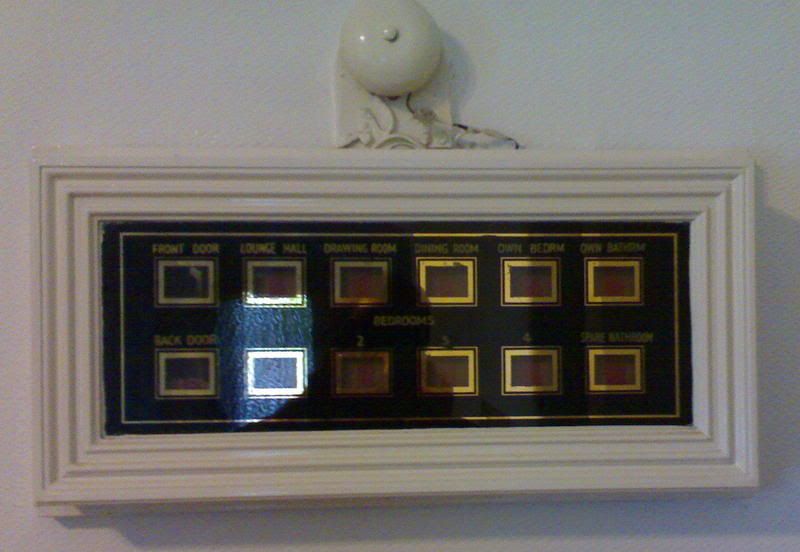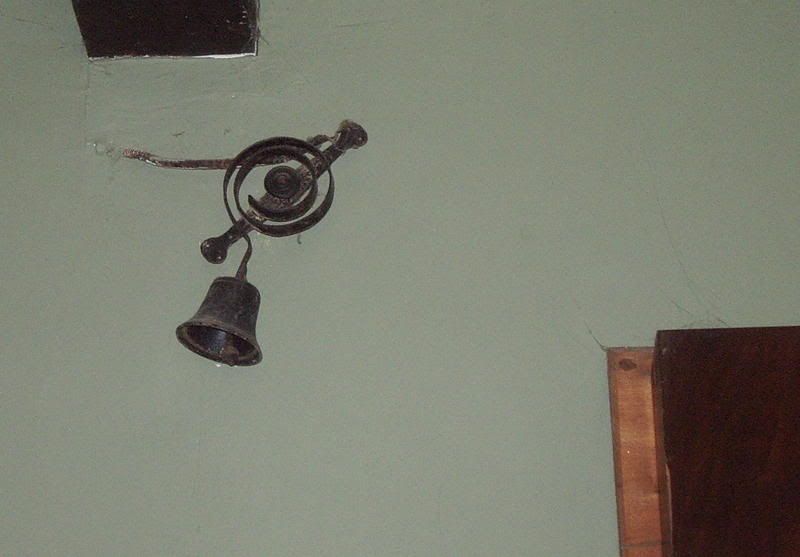We have inherited with an old house an equally old GEC door bell and indicator system - 240v comes into a transformer and 4v-12v comes out the other side and then supplies an old fashioned bell and the indicator system which puts a flag up depending whether its the front or back door bell being rung.
It seems to work only erratically (and not at all at the moment). I've tested the 240v in which is fine, and there seems to be 12v coming out. All wires to bell and indicators seem tightly connected.
One oddity is that there are two 5mm x 20mm 500ma 12v fuses on the 12v side of the transformer, one on each of the wires coming out. (I have assumed the 240v side is fused by whichever lighting circuit is feeding it).
Does anyone have any ideas where I might look next to fault find the system and also any clues as to why the low voltage side is fused?
Also, what will be effect of putting 500ma 250v fuses in place of the 12v ones?
Thank you.
It seems to work only erratically (and not at all at the moment). I've tested the 240v in which is fine, and there seems to be 12v coming out. All wires to bell and indicators seem tightly connected.
One oddity is that there are two 5mm x 20mm 500ma 12v fuses on the 12v side of the transformer, one on each of the wires coming out. (I have assumed the 240v side is fused by whichever lighting circuit is feeding it).
Does anyone have any ideas where I might look next to fault find the system and also any clues as to why the low voltage side is fused?
Also, what will be effect of putting 500ma 250v fuses in place of the 12v ones?
Thank you.



